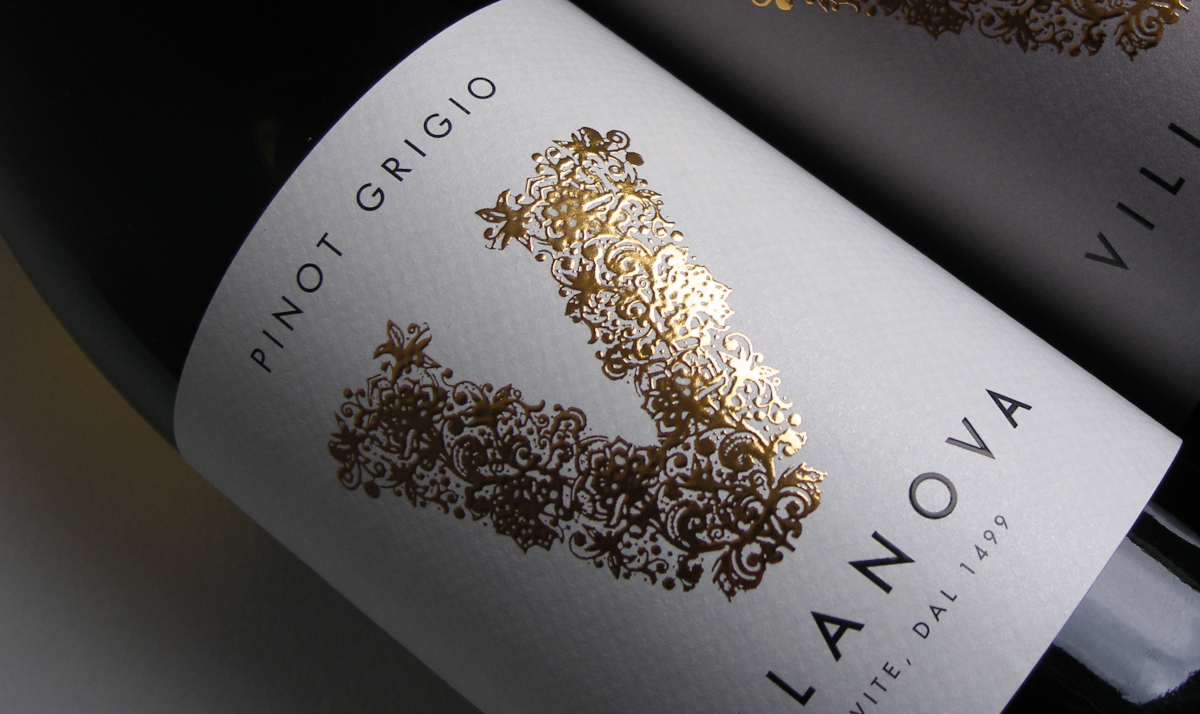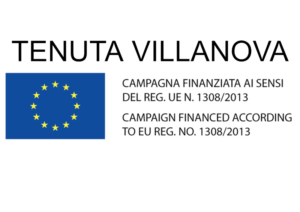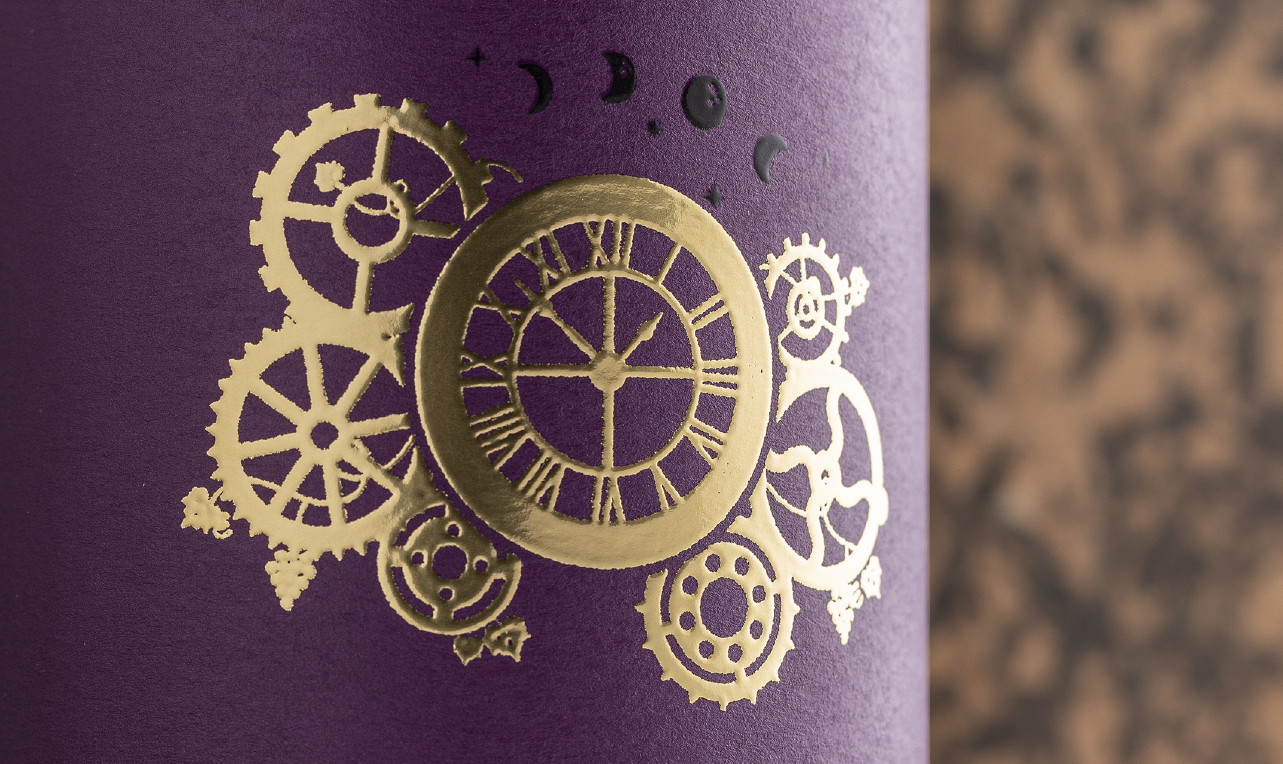
Tenuta Villanova expresses the art of winemaking at a stone’s throw from Gorizia, the city where the ancient art of “Gorizian lace” took shape.
The new labels pick up on the precious style of bobbin lace, an art form much
appreciated and in demand by collectors in Geneva, Berlin, and New York.
It is an image that expresses preciousness, combining the stories of two forms
of art that are rooted in the same territory.
‘V’: the art of wine, taken literally
The iconic letter “V” that identifies the Collio wines produced by Tenuta Villanova
represents the art of winemaking, taken literally. The concept came about by
looking at the history of Tenuta Villanova and considering the estate’s profound
connection with the territory in which, for centuries, the vineyards have been
located: a body of land stretching from the Gorizia Collio to the alluvial plain of
Farra and Gradisca, furrowed by the Isonzo river. In this space, which is as much
a geographical as a historical one, complex events have taken place and yet the
estate is here, and the vines are productive. The land yields fruits that are precious
today more than ever, precisely because they are the true expression of this territory
and its history.
Therefore, we reflected on how the work of the land is hard work, tenacity, and
passion, but also on the fact that the result of so much effort, toil and sweat is
essentially “beauty”. A precious beauty. And, in an otherwise noisy world, this
beauty is silent. Because the land, or a budding vine, or a farmer’s hands making
a binding, a roe deer passing in between the rows or at the edge of the forest on
the hillside, are essentially moments of silence. Looking at things this way, from
this angle and this geographical but also historical and human perspective, we felt
a strong analogy with another art form, equally silent and equally precious: that of
lace, Gorizian lace, another centuries-old fruit of our land.
There is a truly deep connection between patiently working the land, following the
vines plant by plant, cleaning and trimming the foliage, caring for the health of the
grapes, and holding threads and spools between your fingers to give shape to a
thought as aesthetic as it is precious, in the silence of a room, far from everything:
from the noise, the hurry, the people.
But, above all, following a design. Chiselling the earth and creating lace requires a
precise design. Both operations are by no means the result of chance.
This connection between “weavers of threads” and “weavers of land” or
“embroiderers of vineyards” felt true and immediate.
That is, “unmediated”. Because you don’t need anything else but to “open your
eyes” to recognise it. And we recognise ourselves in this.
That is why this precious “V”, chiselled like lace, says Villanova.


